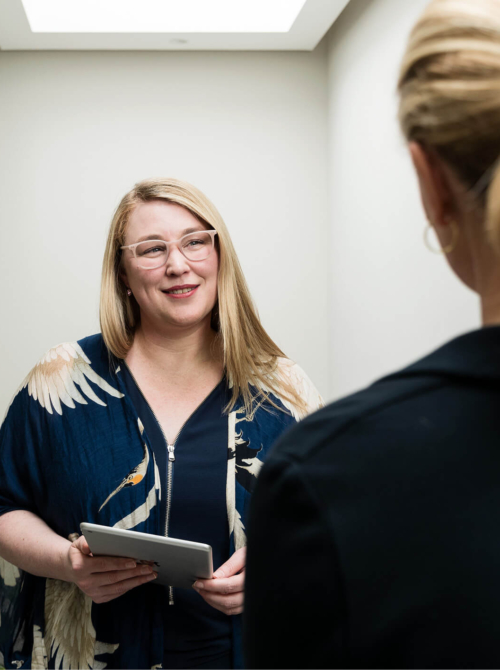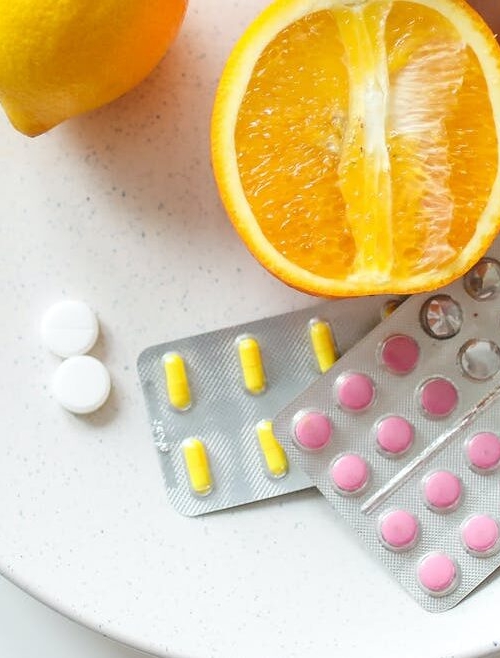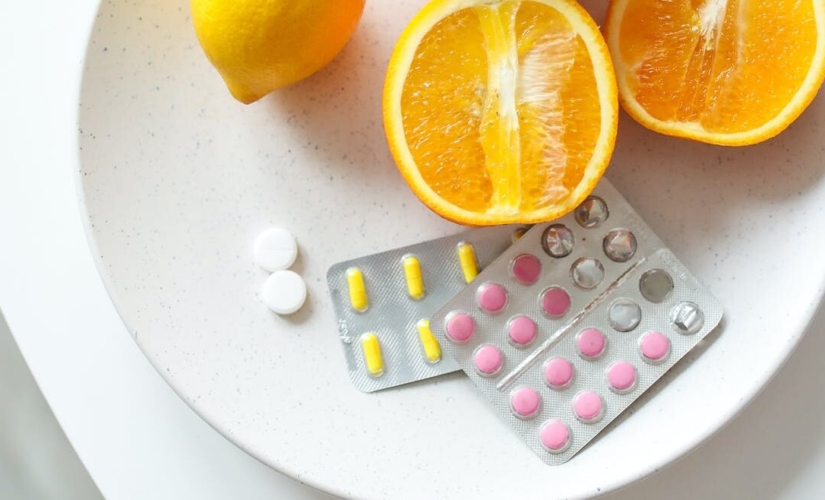The Dangers of Relative Energy Deficiency in Sport (RED-S) on Women's Fertility
Engaging in intense training can lead to a harmful condition known as Relative Energy Deficiency in Sport (RED-S), causing a hormonal imbalance that affects oestrogen levels in the body, leading to missed periods and, in severe cases, no periods.
The dangers of Relative Energy Deficiency in Sport (RED-S) on fertility
The female reproductive system plays a crucial role in our overall health and well-being. However, engaging in competitive sports or intense training can lead to a harmful condition known as Relative Energy Deficiency in Sport (RED-S).
This syndrome affects athletes who are unable to meet their daily energy requirements, leading to declining athletic performance and poor health. RED-S, although generally affecting professional athletes, can have severe consequences on women’s fertility, and in this blog post, we will discuss how this condition can affect women, the risks involved, and how to prevent it from happening.
RED-S is a severe condition that can affect both men and women who participate in competitive sports or undergo intense training regularly. This condition occurs when athletes are unable to take in enough fuel through food to support the energy demands of their daily lives and training.
RED-S can lead to a deficiency in essential nutrients such as calcium, iron, and Vitamin D, which can severely impact an athlete’s overall health and athletic performance.
Moreover, RED-S can have a significant impact on women’s reproductive system, leading to infertility. According to a recent survey, as highlighted by the BBC, by Project Red-S and Kyniska Advocacy, 36% of UK athletes ignore missed periods, believing it is normal for active individuals. However, there is nothing normal about this, and ignoring such signs can lead to severe complications. RED-S can cause a hormonal imbalance that affects oestrogen levels in the body, leading to missed periods and, in severe cases, amenorrhoea (absence of menstruation).
RED-S does not only affect an athlete’s reproductive system but also impacts other areas of their health. For women, it can lead to osteoporosis, a condition where the bones become thin and brittle, making them more susceptible to fractures. It can also increase the risk of cardiovascular disease and affect mental health, leading to depression and anxiety.
The risks involved in RED-S must not be taken lightly, and athletes must take necessary measures to avoid it. Experts recommend seeking regular check-ups, monitoring menstrual cycles, and establishing a healthy eating pattern to avoid such complications.
Athletes should aim to consume nutrient-dense meals that provide enough energy to meet their daily requirements, supplementing with additional vitamins and minerals if necessary.
Women’s fertility is a critical aspect of their overall health and well-being. However, engaging in competitive sports or intense training can lead to RED-S, a condition that affects an athlete’s overall health and athletic performance. RED-S can lead to hormonal imbalance, affecting oestrogen levels, and causing missed periods or even amenorrhea.
Athletes must take necessary measures, including regular check-ups, monitoring menstrual cycles, and establishing healthy eating patterns to avoid such complications. Remember that prevention is better than cure, so make informed choices and take the necessary steps to ensure long-term health and well-being.
In 2021, I interviewed, Professor Greg Whyte on the subject of Sports and Exercise and female fertility and pregnancy, listen to the podcast here.





